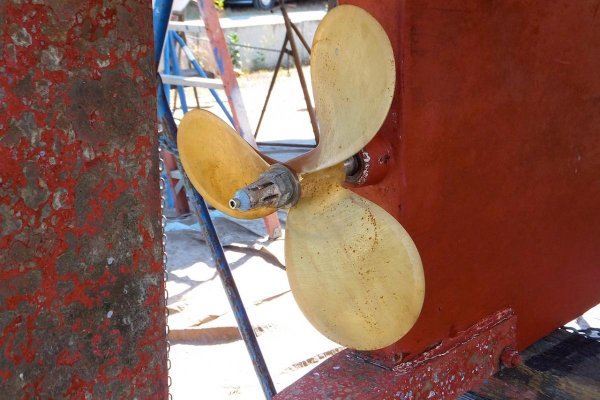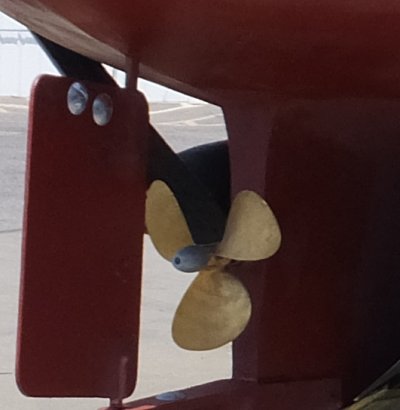Cigatoo
Guru
- Joined
- Sep 9, 2016
- Messages
- 1,905
- Location
- Narragansett Bay
- Vessel Name
- Cigatoo
- Vessel Make
- Grand Banks 36 Classic #715
You didn't buy a high performance machine so "dialing in right" while certainly your perogative is a bit overkill for an 8 knot or less boat.
Certainly no rush towards some mythical perfect solution unless you are going to keep the drag coefficients, boat weight, engine performance, and cruising rpms to an absolute either.
As to the" junk" prop on there....it might be the perfect one.... as it goes.
As sneed said you may be fine where you are. Not much difference between 7.5 and 8 knots





